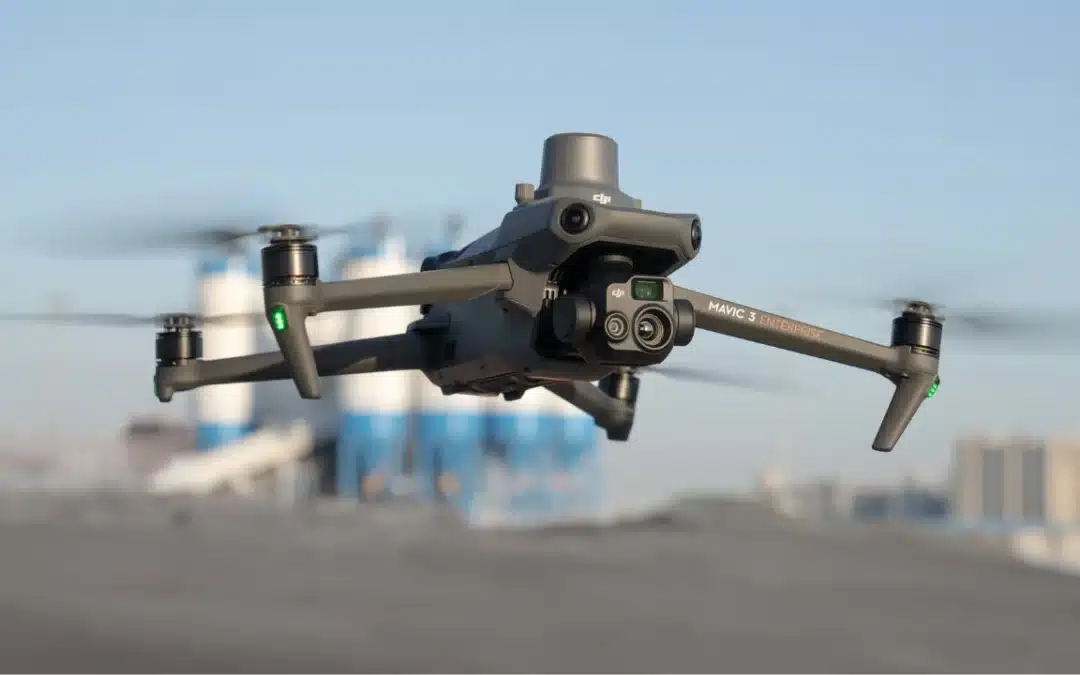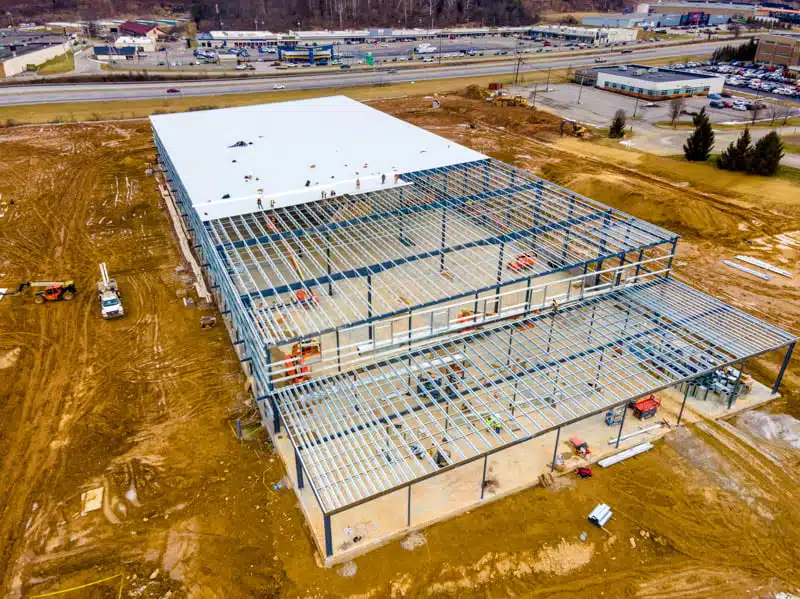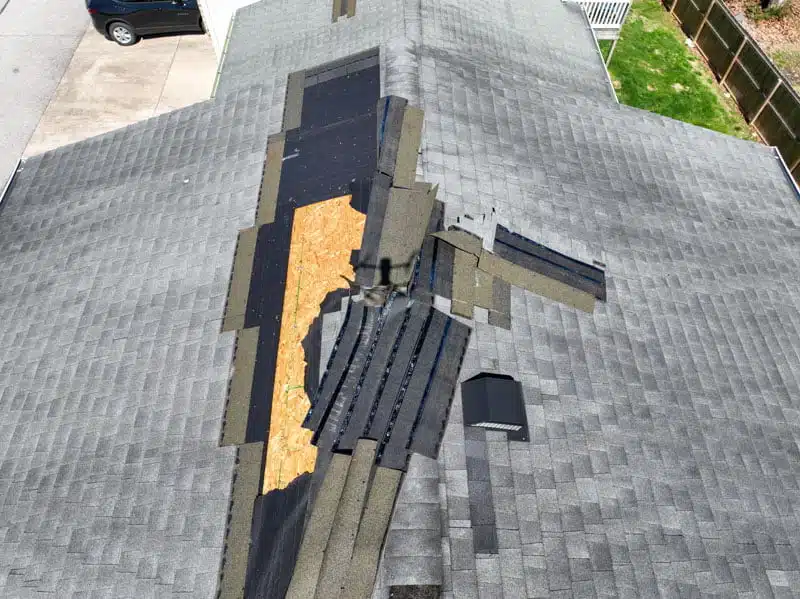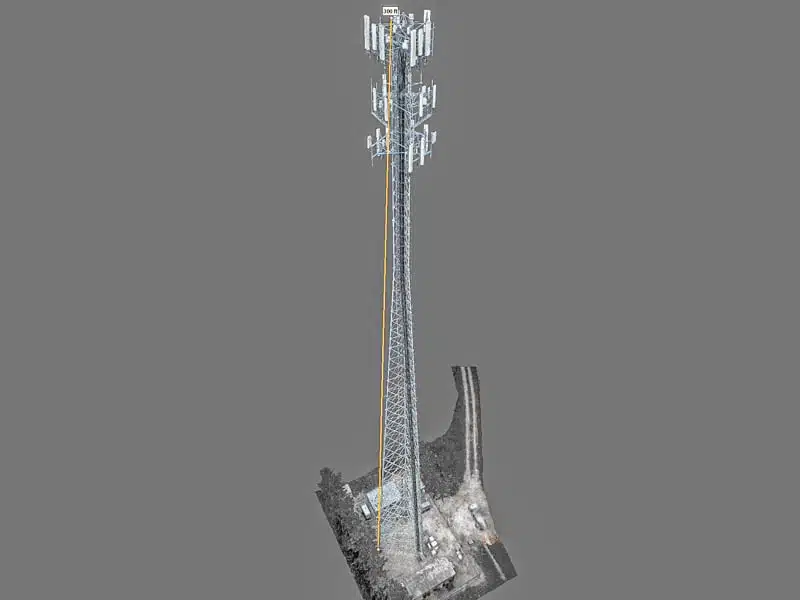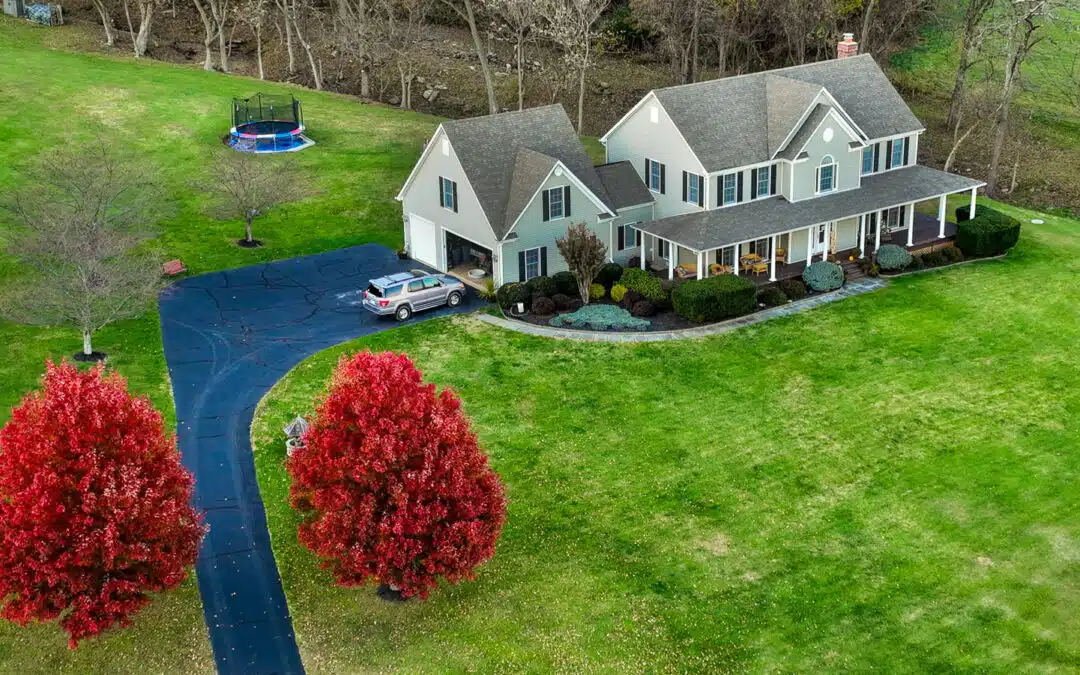Explore how drone photography can transform tourism and event planning by showcasing the unique beauty of landscapes in each season. Discover the advantages of aerial views for marketing and visitor engagement.

A Comprehensive Guide to Creating Accurate Maps with Drones
A Comprehensive Guide to Creating Accurate Maps with Drones
If you’re looking to create a map using a drone, it’s essential to follow a series of steps to ensure accuracy and capture the necessary data. In this Comprehensive Guide to Creating Accurate Maps with Drones, we will provide an overview of each step to Creating Accurate Maps with Drones, offering valuable insights and professional advice to optimize your mapping process.

Step 1
Flight Planning: A Crucial Foundation for Success

Flight planning is a critical phase when it comes to mapping with a drone. To guarantee the capture of accurate data and the creation of precise maps, follow these key considerations:
1. Define the Mapping Area: Begin by identifying the boundaries of the area you wish to map and determining the desired scale of your map.
2. Choose the Right Drone: Select a drone suitable for your mapping area, taking into account factors such as size, required altitude, and camera specifications. Adhere to airspace regulations, obtain necessary permits, and be aware of any restricted zones.
3. Assess Terrain and Obstacles: Evaluate the terrain of the area and identify potential obstacles such as trees, buildings, power lines, or hills. Plan your drone’s flight path based on coverage area and desired image overlap, with a recommended overlap range of 60-80%. Utilize software like DroneDeploy or Pix4D to assist in flight path planning.
4. Camera Settings: Ensure your drone’s camera is properly configured for the mapping area. Set appropriate exposure, focus, and ISO settings.
5. Battery Considerations: Plan the drone’s battery usage, taking into account altitude, wind conditions, and flight speed, to ensure sufficient power for the entire flight.
Preparation for Creating Accurate Maps with Drones
Before taking flight, make sure to complete the following preparatory steps:
- Battery Management: Fully charge your drone’s batteries before the flight and have extra batteries on hand in case of longer flight durations.
- Firmware and Software Updates: Update your drone’s firmware and software to the latest version, optimizing performance and ensuring smooth operation.
- Compass Calibration: Accurate navigation is crucial. Follow the drone’s manual instructions to calibrate its compass before each flight.
- Accelerometer Calibration: Calibration of the drone’s accelerometer guarantees stable flight. Refer to the drone’s manual for specific calibration instructions.
- Camera Mounting and Configuration: Securely mount the camera on the drone and adjust its settings to match the requirements of your mapping area.
- Flight Settings Configuration: Configure your drone’s flight settings to capture the desired data. Adjust altitude, speed, and camera settings according to your flight plan.
- Pre-flight Check: Conduct a thorough pre-flight check to ensure all systems are functioning correctly. Verify battery levels, GPS signal strength, and camera settings.
Additionally, it’s essential to monitor weather conditions and obtain any necessary permissions or permits before commencing the flight.


Step 3 – Executing the Flight: Optimizing Data Collection
Efficiently fly your drone and collect high-quality aerial imagery by following these steps:
- Pre-flight Check: Before each flight, conduct a comprehensive pre-flight check to ensure all systems are functioning correctly. Verify battery levels, GPS signal strength, and camera settings.
- Launch and Stability: Launch your drone from a suitable location and ensure it achieves a stable flight.
- Follow the Planned Flight Path: Stick to the planned flight path to cover the designated area effectively. Continuously monitor the drone’s position and altitude throughout the flight.
- Image Capture: Utilize the mounted camera to capture aerial imagery of the area. Ensure camera settings such as exposure, focus, and ISO are optimized for the mapping area.
- Image Overlap: Confirm that captured images have sufficient overlap (60-80%) for accurate map generation using specialized software.
- Obstacle Avoidance: Safely maneuver the drone, avoiding obstacles like trees, buildings, power lines, or hills. Maintain a safe distance and closely monitor the drone’s position and altitude.
- Battery Monitoring: Keep a close eye on battery levels during the flight to ensure sufficient power to complete the mapping. Plan flight paths and battery usage accordingly.
- Landing: Conclude the flight by landing the drone safely. Ensure the landing area is obstacle-free, allowing for a gentle landing.
Step 4 – Data Processing: Transforming Imagery into Accurate Maps
Process the data captured by your drone with meticulous attention to detail using the following steps:
- Data Transfer and Organization: Transfer aerial imagery and accompanying data to your computer, ensuring proper organization and labeling.
- Mapping Software Utilization: Leverage industry-standard mapping software like DroneDeploy, Pix4D, or Agisoft Metashape to process the collected data. Create a new project within the software and import the drone-captured data. Ensure accurate camera settings and calibration information.
- Image Processing: Employ software algorithms to stitch together the drone-captured images and generate accurate 2D or 3D maps. Refine the map by using the software’s tools to remove errors, adjust boundaries, and enhance details.
- Exporting the Map: Export the finalized map in a suitable format such as GeoTIFF, KML, or DXF, based on the intended software compatibility. Customize resolution, scale, and projection to meet required specifications. Add informative labels, legends, and refine visual elements to ensure a professional and visually appealing map.
- Validation: Validate the map’s accuracy and reliability by comparing it with other data sources and conducting ground truthing. This verification process ensures the map’s precision and quality.
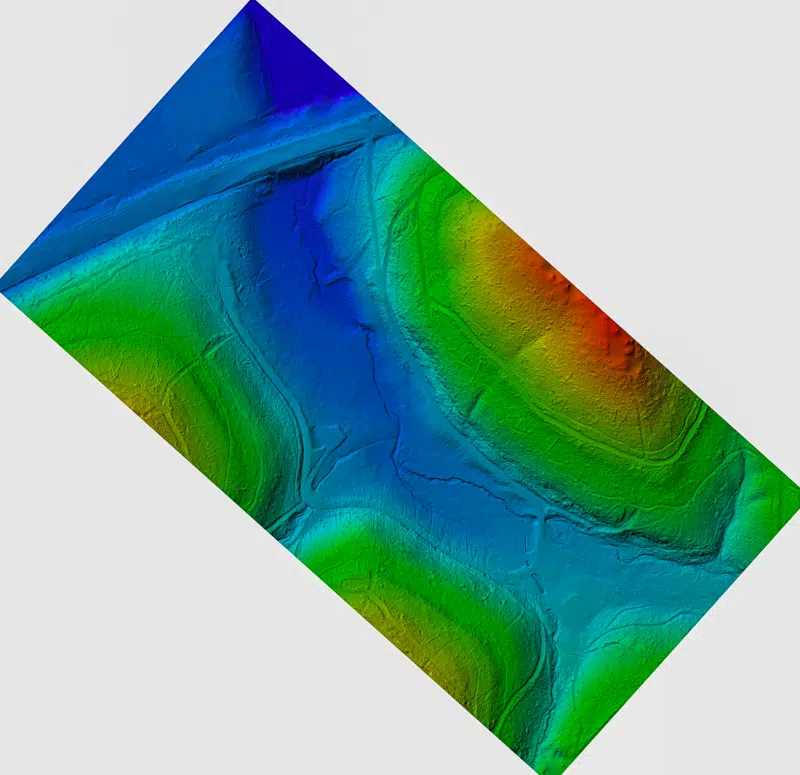
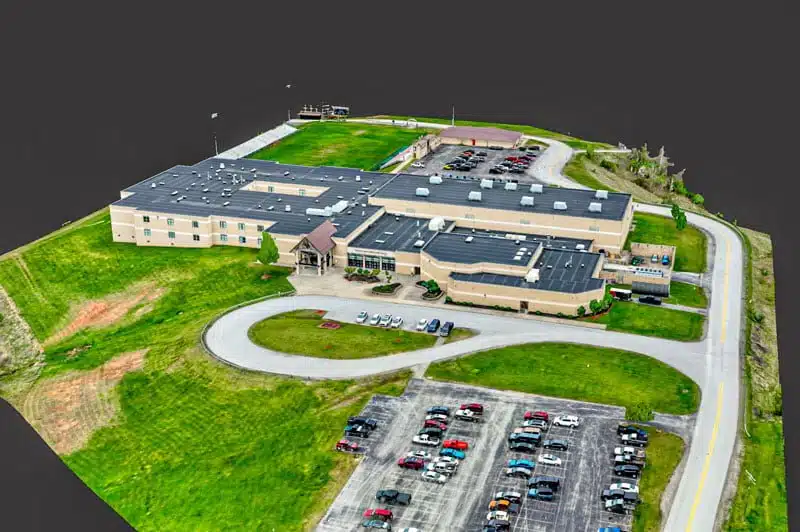
Step 5 – Finalizing and Saving Your Map
Conclude the mapping process by exporting the final map in the chosen format to an easily accessible location. Remember to utilize high-quality mapping software and ensure that the map meets all required project specifications. By adhering to these comprehensive steps, you can create accurate and visually stunning maps using drones.
In summary, by following a systematic approach that includes thorough flight planning, meticulous preparation, precise execution, and data processing with advanced mapping software, you can create accurate and visually captivating maps using drones. Remember to prioritize safety, adhere to regulations, and validate the map’s accuracy. With this comprehensive guide, you’ll be well-equipped to optimize your drone mapping process and achieve exceptional results.
We hope that some if not all of these tips will help you in some way in the future. Thanks for reading and showing your support.
For more information on our services, stop in and check us out at www.ua-visions.com.
By the UA-Visions Team
Comments
The Future of Aerial Imagery: How AI is Shaping Drone Operations and Photography
AI is transforming aerial imagery, enhancing drone operations, and redefining photography. Learn about the latest advancements and future trends in AI-driven drone technology for various industries.
A Comprehensive Guide to Creating Accurate Maps with Drones
Discover the essential steps found in our Comprehensive Guide to Creating Accurate Maps with Drones. From flight planning to data processing, learn professional tips for successful drone mapping. Explore detailed advice on drone selection, camera settings, obstacle avoidance, and software utilization. Enhance your mapping skills with UA-Visions’ expert insights. Visit
21 Tips on How to Create Better Drone Photos and Video
Create Better Drone Photos and Video with our top 20 tips, including DJI Mavic 3 usage, cinematic footage techniques, and safe drone operations.
Drone Flying: 15 Tips on Safe Drone Operation
Take your drone piloting skills to new heights with our expert guide. Join UA-Visions, as they share 15 essential tips for safe and savvy drone flying. From mastering your drone's tech to navigating the legal skies, elevate every flight with our insider knowledge. Your journey to drone mastery starts here!
Drone Support to Construction Companies Throughout Each Stage of a Project?
Revolutionize your projects from the ground up with cutting-edge drone technology. Dive into Drone Support to Construction streamlines every phase with US-Visions
Drone Roof Inspections – Fast, Simple, and Accurate
Revolutionize roof care with UA-Visions' drone roof inspections. Safeguard your investment from above. Contact us!
Best Industries For Drone 3D Modeling?
Drone 3D modeling: aerial to digital for construction, surveying, and more. Safety and efficiency redefined. Visit UA-Visions.com.
Transform Your Property Marketing: Expert Tips to Showcase Real Estate Listings Effectively
Showcase Real Estate Listings like never before with UA-Visions' advanced drone photography. Our aerial real estate marketing techniques offer a unique perspective, enhancing property visibility and appeal to attract buyers quickly. Elevate your listings and stand out in the competitive real estate market.
Get in touch
Let’s Get Connected
Have questions, comments, or concerns? We’re here to help! Please fill out our contact form, and let’s start the conversation to address all your needs.



